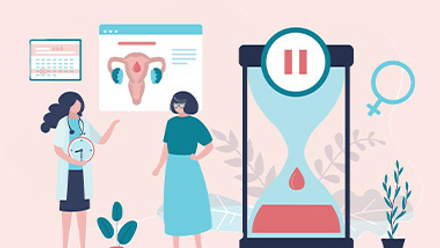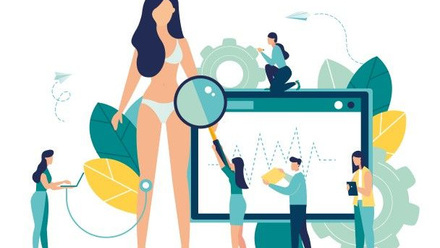How Ericsson is matching increasing life expectancy with health and wellbeing benefits
I sit within the group health, safety and wellbeing team at Ericsson. We work with the group people total rewards team to ensure we are moving towards levelling up the health and wellbeing offering across the 116 countries in which we are based.
We have a wellbeing strategy in place and a wellbeing roadmap, with priorities including mental health, musculoskeletal health, non-communicable diseases including cancer and gastrointestinal conditions (which is coming out strongly in our claims), and neurodiversity.
This year, we’re also focusing on longevity by running campaigns on the impact that an increase in life expectancy will have on our lives. We’re looking at how financial wellbeing affects certain generations, getting younger employees to think about retirement targets.
Healthy habits
This includes a focus on prevention and encouraging people to think about the sorts of decisions they make now and how these might influence their quality of life later. In 2023, we released some training on musculoskeletal health, and this year we will run a campaign about how good musculoskeletal health habits now can contribute to better mobility and mental health later in life.
Awareness has always been a big part of the experience we aim to create for wellbeing. We do that by giving people the tools to access relevant information – running global learning and development programmes, webinars and a dedicated sharepoint. Our musculoskeletal learning package is recommended training, and 43% of employees globally have completed it.
To engage people to think about their own wellbeing, our learning programmes are not too didactic but aim to be fun and engaging – a nudge towards behaviour change.
Lived experiences
We also use relatable case studies to connect people across our workforce. We have been fortunate that a number of people have shared their lived experiences in global panel discussions, webinars and in short videos connected to cancer or mental health.
Discussions around lived experiences are really powerful. One of the aims of the discussion about cancer was to raise awareness of early intervention, and the importance of attending routine screenings, so that cancers are picked up early when they are more treatable.
We also provide two-hour training sessions on mental health and wellbeing to leaders and anyone with an influence on mental health and wellbeing, such as employee health and safety subject-matter experts, people business partners and wellbeing champions.
The training covers the factors that influence mental health, how we can create an environment where people’s mental health can flourish, and how we can have a timely, empathetic conversation if our employees show signs of distress.
What we’ve seen over the past five years is that the mental health and wellbeing of our employees is critical to our business continuity. The world has entered a period of multiple crises. There is this understanding that leaders and organisations need to provide wellbeing support so they can rapidly respond to situations, have the skills to spot a decline in wellbeing across the organisation and talk in terms of prevention.







